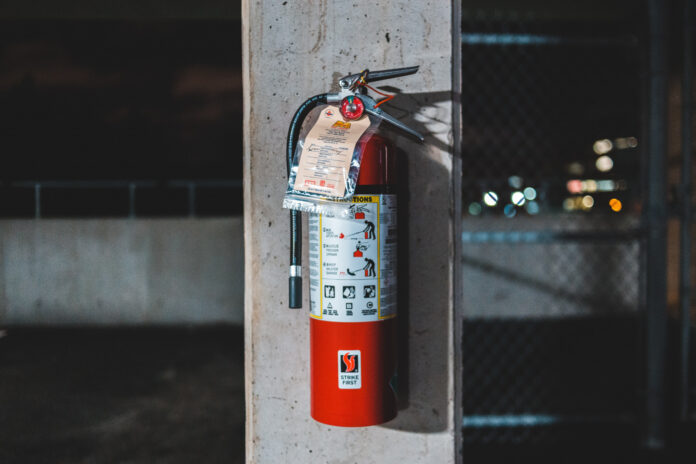Whether you work in an office setting, retail, hospitality or any other workplace, you’ll no doubt be aware of where the fire exits are, but perhaps not know what to do in the event of a real fire or even how to reduce the risk of a workplace fire. In this article, you will get to know about the fire safety in workplace.
Why is fire safety important?
With around 22,000 fires in the workplace every year, fire safety training in the workplace is of paramount importance. Not only can fire safety training help your employees gain knowledge and confidence should they have to deal with a workplace fire, but it will give them the skills that they can use outside of the workplace.
Having a robust fire safety training procedure in place can help employees feel safe in the workplace, whilst introducing fire safety training days can help promote team building.
Common causes of fire in the workplaces
As we move increasingly towards a digital world our reliance on electronic devices increases. However, with this increase comes the increased risk of fire from electrical faults. In fact 25% of accidental fires are caused by faulty appliances and leads. This is because of overloaded circuits, poor workmanship or a lack of maintenance. To prevent accidental fires from electrical faults it’s important that electronic goods are regularly PAT tested, and ensure fire suppressions systems are in place where electrical fires could occur.
Despite the number of smokers in the UK decreasing to under 7 million, smoking is still another common cause of fire in the workplace. Statistics show that over a third of deaths that occur in non-domestic buildings are as a result of smokers’ materials. To minimise the risk of fires starting there should be a designated smoking area away from the building and ensure staff are fully trained on the hazards of smoking and the importance of putting out cigarettes fully.
Fire safety checklist
- Ensure your building has clear and accessible escape routes
- Check that fire extinguishers are available and serviced and replaced regularly
- Make sure there is a fire blanket located in the room / area where a potential fire may occur
- Test fire alarms regularly
- Carry out fire drills with all employees and implement a Fire Awareness course for all new starters
- Maintain electrical systems and appliances
- Appoint fire wardens
- Create a designated smoking area at least 1.5 metres away from any walls or other structures





